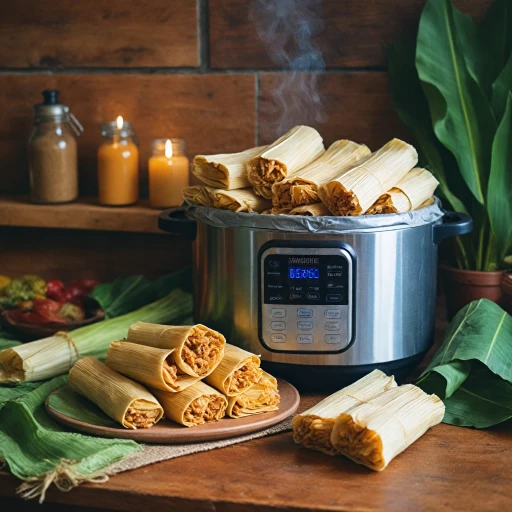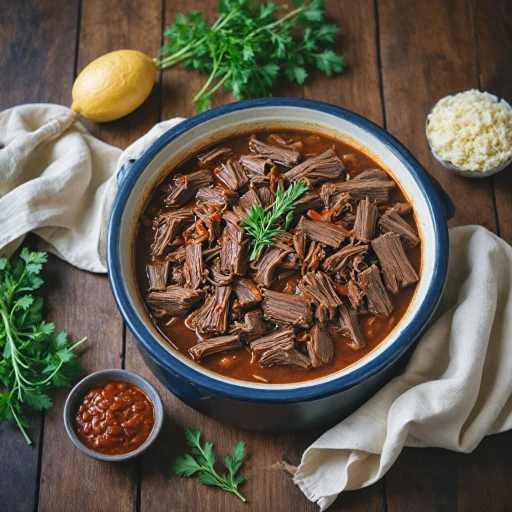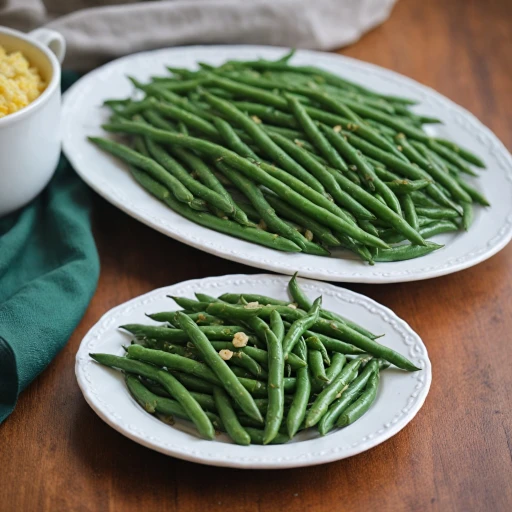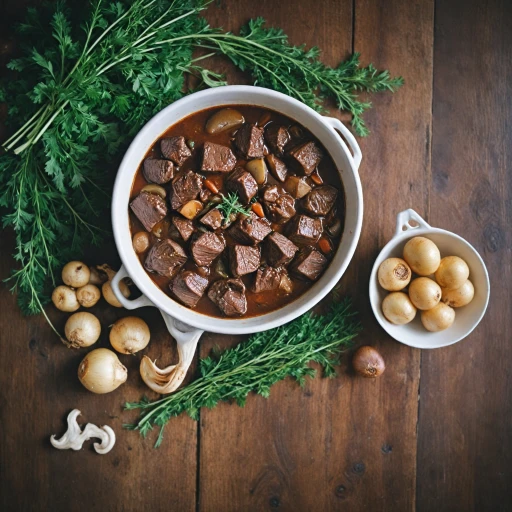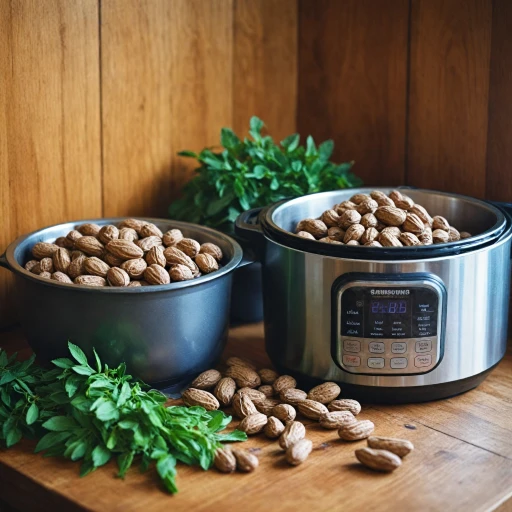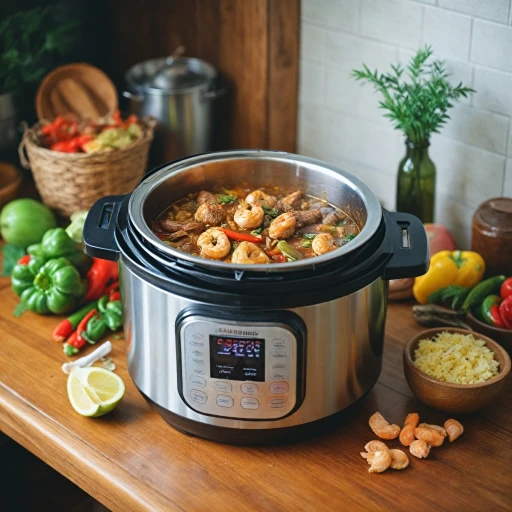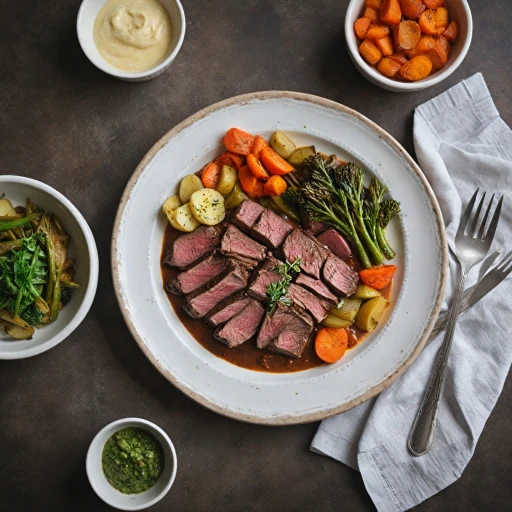
Understanding the Basics of Electric Pressure Cookers
Unlocking the Potential of Electric Pressure Cookers
Electric pressure cookers, such as the Instant Pot, have revolutionized home cooking by offering convenience and versatility. These appliances not only help you save time but also open the door to a variety of cooking techniques that can transform everyday recipes into culinary delights. If you’ve ever wondered about their capabilities, expanding your understanding can greatly enhance your culinary endeavors.
The core function of an electric pressure cooker is to utilize steam pressure to cook food quickly and efficiently. When you seal the lid, the trapped steam increases the internal pressure, effectively raising the boiling point of water and cooking your ingredients faster than traditional methods. This makes it an ideal device for creating dishes like egg bites, which can be perfectly cooked in just a matter of minutes.
When preparing egg bites, for example, the use of specific tools such as silicone egg bites molds is crucial for achieving that smooth texture and uniform cooking. These molds allow the egg mixture to remain undisturbed as they firm up under pressure. You simply fill each cup with the mixture and any desired add-ins, such as diced red pepper, crumbled bacon, or shredded cheese, then place the molds in the pot.
Understanding the basics of how your pressure cooker works also prepares you for tackling potential issues. For instance, using the right pressure release method is key to maintaining moisture without overcooking your egg bites. Additionally, choosing the appropriate cooking time and settings ensures that your recipes deliver consistent results every time.
If you're keen on exploring the myriad of culinary possibilities offered by electric pressure cookers, consider diving deeper into Mastering the Art of Beef Bourguignon with an Instant Pot to expand your repertoire.
Essential Ingredients for Perfect Egg Bites
Ingredients That Make a Difference
Creating the perfect egg bites in your electric pressure cooker requires a careful selection of ingredients. The right combination will result in deliciously fluffy bites with the ideal texture and taste.
Begin with high-quality eggs; these will form the base of your egg mixture, contributing to both flavor and color. For added creaminess, consider incorporating cottage cheese, which enhances the texture without overpowering the eggs.
Cheese is essential for richness and flavor. A cheese cup of cheddar, gouda, or your favorite variety will do wonders. Crumbled feta pairs nicely with broccoli and ham for a delightful twist.
To add depth, consider including finely chopped bacon or diced red pepper as add-ins. These can be customized to suit your taste and dietary preferences. For gluten-free options, ensure all ingredients are verified as such.
Using a silicone egg bites mold is crucial for achieving the perfect shape and consistency. Pour your prepared egg mixture into each bite mold, and if desired, add additional ingredients like herbs or spices to each silicone cup.
Don't forget the essential step of covering the molds with a lid. This allows the steam to circulate properly, helping to cook the egg bites evenly. Preparing the perfect mix of ingredients is a fun and creative process, ensuring your bites instant are always packed full of flavor.
Step-by-Step Guide to Making Egg Bites
Unveiling the Cooking Process
The journey to creating delicious pot egg bites begins with gathering all necessary ingredients, including eggs, cheese, and any desired add-ins like red peppers or bacon. It's crucial to have the right equipment, particularly a silicone mold designed for egg bites, which typically fits snugly inside your Instant Pot.
Start by preparing your egg mixture. Whisk together eggs with a generous portion of cheese – cottage cheese and a cheese cup of your choice, such as cheddar or mozzarella, usually works splendidly. This combination will give your egg bites a creamy texture. Feel free to sprinkle in some spice or herbs for added flavor.
Next, lightly grease the silicone mold to prevent sticking. Carefully pour the egg mixture into the molds, filling each cup about three-quarters to account for expansion. If you opted for add-ins, now is the time to distribute them evenly across the molds.
Before placing the mold in the pressure cooker, make sure to add water to the pot. This step is essential as the steam generated from the water will pressure cook your egg bites to perfection. Gently set the mold in the pot on top of a trivet.
Seal the Instant Pot with the lid, ensuring the pressure release valve is set to 'sealing.' Select the 'Steam' setting and set the cooking time at 8 minutes. Once time is up, allow for a natural pressure release for about 10 minutes. Carefully remove the lid and let the steam escape, using utensils if needed to prevent burns.
Retrieve the silicone molds and let them cool for a few minutes before removing your bites. These bites may be a delightful breakfast or snack, easy to store and reheat. For more insights on mastering pressure cooking techniques, explore this guide for additional tips.
Troubleshooting Common Issues
Common Problems and Their Solutions
Even with the best recipes and techniques, making egg bites in an instant pot can sometimes lead to unexpected results. Here are some common issues you might encounter and how to address them:
Egg Bites Sticking to the Mold
If your egg bites are sticking to the silicone mold, try greasing the mold lightly with cooking spray or a bit of oil before pouring in the egg mixture. This will help the bites release more easily after cooking.
Undercooked or Overcooked Egg Bites
Timing is crucial when using a pressure cooker. If your egg bites are undercooked, increase the cooking time by a few minutes. Conversely, if they are overcooked, reduce the time slightly. Remember, the size of the silicone cup and the number of bites in the mold can affect cooking time.
Egg Bites Too Watery
Excess moisture can make your egg bites watery. Ensure you are using the correct ratio of eggs to cottage cheese or other add-ins. Also, make sure the lid of the instant pot is sealed properly to prevent steam from escaping during the pressure release phase.
Flavor Not as Expected
If your egg bites lack flavor, consider adding more cheese, bacon, or red pepper to the egg mixture. Experiment with different add-ins to find the perfect balance that suits your taste.
By understanding these common issues and their solutions, you can ensure your pot egg creations are always a success. Happy cooking!
Creative Variations and Flavor Combinations
Innovate with Flavors and Combinations
When it comes to creating your perfect egg bites, the possibilities are boundless. These delicious bites can be tailored to suit personal tastes or dietary preferences. Dive into experimenting with an array of flavors by incorporating various ingredients, ensuring that your egg bites become a versatile meal option.- Cheese Varieties: Choose from sharp cheddar, creamy mozzarella, or tangy feta. Mixing different kinds can add depth to your bites.
- Protein Additions: For a hearty and satisfying bite, consider adding bacon crumbles, diced ham, or smoked salmon.
- Vegetable Delights: Diced red pepper, spinach, or chopped green onions provide a fresh and healthy touch.
- Herbs and Spices: Enhance the flavor profile with fresh herbs like basil or parsley, or add a pinch of smoked paprika or nutmeg for a spicy kick.
Storing and Reheating Egg Bites
Keeping Your Egg Bites Fresh and Flavorful
Once you've perfected your egg bites using an electric pressure cooker, storing them properly ensures they'll be just as delightful when you are ready for them again. Here are key steps to keep in mind:- Refrigeration: Store your cooled egg bites in an airtight container. They can stay fresh in the fridge for up to five days.
- Freezing: For longer storage, consider freezing your bites. Place them on a baking sheet, freeze until solid, and then transfer to a zip-top bag. This way, they maintain their shape and flavor, lasting up to two months.
Reheating Without Losing Texture
Bringing your egg bites back to life without losing their fluffy texture can be achieved with a few techniques:- Microwave: Cover your egg bites with a damp paper towel to retain moisture and microwave in increments of 30 seconds until they are heated throughout.
- Instant Pot: Use this method by placing your egg bites in a silicone mold or steaming cup inside the pot. Pressure cook on low for three minutes with a quick release, ideal for preserving moisture.
- Oven: Preheat your oven to 350°F and warm the bites for about 10 minutes. This method is best when reheating larger batches.

